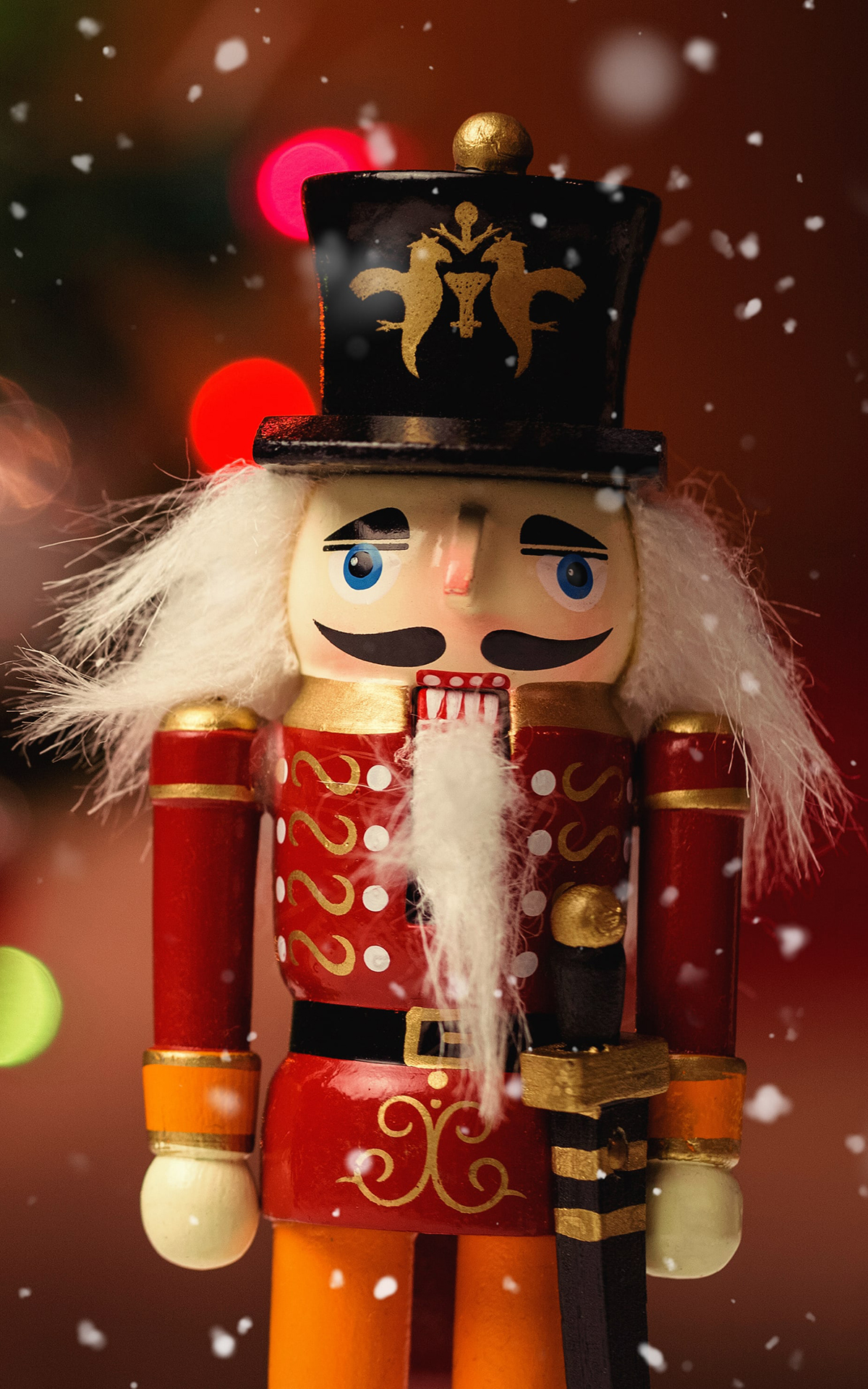
If there is such a thing as a Christmas sentinel, that honor would go to the nutcracker.
These colorful wooden figures have become almost as synonymous with Christmas as Santa Claus - but why?
Wood carvers in the mountains of Germany are believed to have created the first nutcrackers in the late 1600s. As their name implies, nutcrackers were originally intended as a kitchen tool. The fact that nutcrackers frequently depicted soldiers and rulers was considered a great joke. Householders enjoyed having these figures of authority “work” for them!

As the nutcrackers’ popularity grew, so did demand. In 1872, Friedrich Wilhelm Fuchtner, the “father of the nutcracker,” began offering the first mass produced wood nutcrackers using a water-powered lathe.
Then, in 1892, Tchaikovsky debuted his famous ballet, The Nutcracker. The story features a nutcracker soldier who comes to life on Christmas Eve, forever linking the wooden decorations and Christmas.
Over time, the original purpose of the nutcracker faded and nutcracker decorations became more colorful and elaborate. Today, they are often accented with faux gemstones, sequins, metallic braid and other trimmings. Christmas nutcracker designs have expanded dramatically to include many subjects and professions. These decorative figures generally are collected and displayed during the holidays.
In addition to tabletop and wooden nutcrackers, you’ll find life-size commercial nutcrackers, nutcracker ornaments, musical nutcrackers and outdoor nutcracker decorations.
You may also like:
